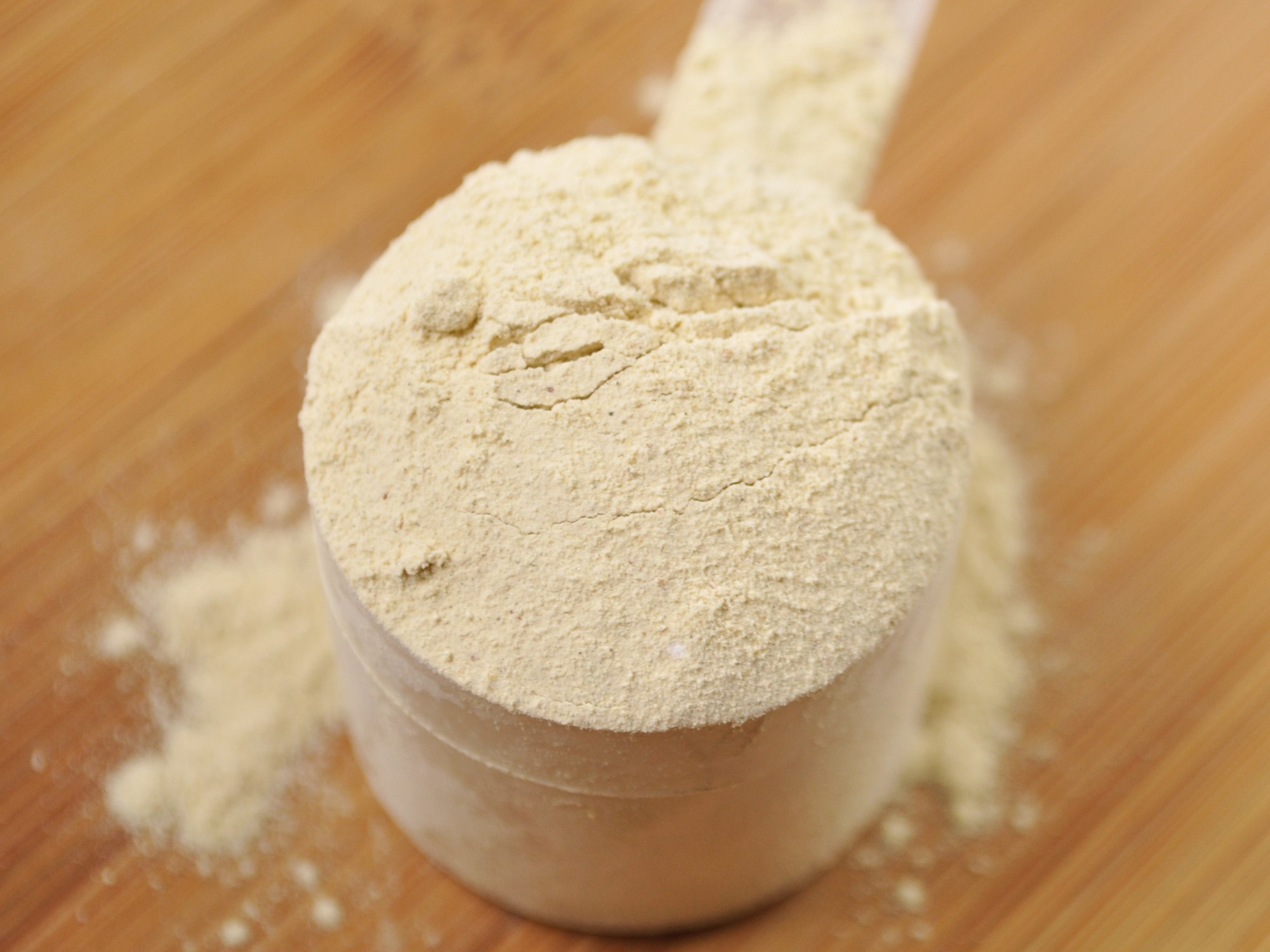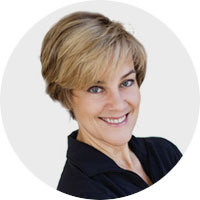Get Easy Health Digest™ in your inbox and don’t miss a thing when you subscribe today. Plus, get the free bonus report, Mother Nature’s Tips, Tricks and Remedies for Cholesterol, Blood Pressure & Blood Sugar as my way of saying welcome to the community!
Is your protein powder making you fat?

I’m about to go on a rant. Be ready.
This is a terrible introduction, potentially. Yet, today of all days I simply can’t just post a nice article about how to tone your triceps or thin your thighs without getting this off my chest…
The reality of toning or taming fat is that no matter what I tell you it’s not going to work if you’re eating wrong.
But I’m not blaming you.
On the surface the advice is thick to eat more protein for lean muscle. Yes! I’m truly happy that more women of all ages are getting that message. I’m even happier that more women are following through to get the extra protein they need, sometimes in the form of protein powder.
What is killing me — and your results — is the fact there’s too little information out there about what’s on the ingredients list, and that’s where the problem starts…
Fifty percent of randomly tested protein products contained carcinogens like arsenic. Beyond that, many more contain soy, MSG, sucralose, sucrose, or fructose — just to mention a few things that increase the likelihood you’ll crave sugar and store fat.
That would be like 50% of the athletes in Rio not being able to compete. And it would be game over for you too if you’re taking protein to get or stay lean and boost your fat burning — because it does the opposite.
Recently a reader described how she was noticing more cellulite… and how her legs and belly seem to be getting thicker. The number on her scale was increasing too, which thankfully, her spouse reminded her could just be that muscle weighs more than fat. Truth.
Her spouse also recommended she boost her diet with protein drinks 2-3 times a day. She shared the name with me, so I looked it up. That’s what I do. Along with the 26 grams of protein, which I love, she’s been drinking a whopping 28 grams of sugar 2-3 times a day!
That’s a pretty good recipe for fat and cellulite right there… and what else makes me a little sick to my stomach beyond that is that her spouse is a physician.
So, we need to talk…
Protein powder A to Z
There are many brands of paper towels out there. Can we agree on that? Some are really cheap. The same cheap paper towels though often fall apart doing the job. Or they don’t absorb.
So that half price you paid is now the same as the expensive brand because you go through twice as many. Then there’s the trip back to the store and the frustration. You get the idea…
There are some cheap protein powders out there too. There are more expensive ones. What distinguishes one from the next and whether or not it’s better for you is not the price. It’s whether the ingredients are safe, effective, suit your needs for the product (before or after exercise or at another time of day for convenience), and fits your food tolerances.
When it comes to protein there are many choices. This is why it gets confusing. It’s also what makes you vulnerable to marketing messages that sing out loud and clear about the benefits you want.
You can choose from egg, soy, whey, casein, whey and casein mixed, beef protein, pea protein, hemp protein, and plant protein blends. That list probably isn’t even comprehensive.
I recommend avoiding soy altogether. I recommend testing whether dairy (whey and casein) or eggs are foods that might be causing weight loss resistance. Even if you’re able to consume whey without digestive issues or weight loss resistance, you want it before and after exercise but not outside of that.
It’s easily digested which is a plus around exercise and for beginning repair of muscles. At other times of day that can spike blood sugar when you don’t want or need it contributing to weight issues. It’s about the right protein at the right time.
There are a few things to keep in mind. First, let me address whether you even need a protein supplement. I say, yes. For 32 years I’ve worked with women, primarily mid-life women, and can vouch for the fact few of us get adequate protein. (We’d rather have a salad and dessert!).
We need more protein as we age especially if we’re less active than we really should be. Both aging and inactivity mean we don’t synthesize protein optimally. That is, we aren’t able to use what we eat. So we need a little more protein than what you’ve grown to think was enough.
Go through these steps before you buy a protein powder (or make another shake):
- Know your reason for using a protein shake. Is it to reach the amount of protein you need at a meal because you can’t eat it all? Is it because you need a pre or post exercise snack high in protein so you spare muscles losses from exercise? Is it that you need a healthy snack between meals? Is it that you want a lighter meal option and like the idea of a shake?
- Decide based on your response to #1 and the information mentioned about protein types and ideal timing, what your best options are for protein.
- Test yourself with an elimination diet to find out if you do better with dairy or non-dairy options.
- Do you want something flavorless you can add to soups and oatmeal or do you want something that makes a vanilla or chocolate flavored smoothie you can also add fruit and greens to for a specific taste experience?
That should help narrow down your choices about how to shop. Then look for protein options with ingredients you can pronounce, less than 5 grams of sugar per serving, and ask if you need help!












